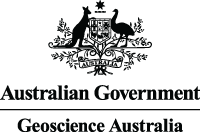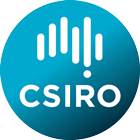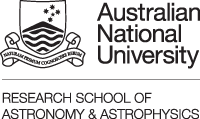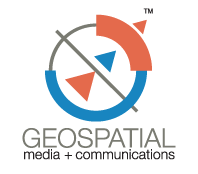MEDIA RELEASE
NASA 2014 space mission will help fill gaps in climate change knowledge for a water-secure future
NASA will today present "Global High Resolution Soil Moisture Product from the Soil Moisture Active Passive (SMAP) Mission" at the Future Missions and Systems session, as part of the 2013 International Geoscience and Remote Sensing Symposium, in Melbourne, Australia.
Life in its many forms exists because of water, and the understanding of future water resources depends on a better understanding of climate change. Some current climate model uncertainties mean there is no definite answer on whether there will be more, or less, water regionally compared to today.
Expected to launch in October next year, the SMAP mission will provide global measurements of soil moisture and its state, distinguishing frozen from thawed land surfaces. These measurements are then used to increase an understanding of processes that link the water, energy and carbon cycles, extending the capabilities of weather and climate prediction models and in doing so, enabling climate models to be brought into agreement on future trends in water resource availability.
The accuracy, resolution, and global coverage of SMAP soil moisture and freeze/thaw measurements are invaluable across many other science and applications in the meteorological, environmental and ecology applications communities - including developing improved flood prediction and drought monitoring capabilities.
The mission is one of the first Earth observation satellites being developed by NASA in response to the US National Research Council's Decadal Survey.
Professor Dara Entekhabi, science lead on the NASA Soil Moisture Active Passive (SMAP) mission, will present "Global High Resolution Soil Moisture Product from the Soil Moisture Active Passive (SMAP) Mission" at the Future Missions and Systems session, as part of the International Geoscience and Remote Sensing Symposium, on Tuesday, 23 July between 3:40pm-5:20pm in Room 112 at the Melbourne Convention Centre.
With more than 1,300 delegates from 66 countries attending, this Symposium represents the largest gathering of remote sensing and geoscientists in the world. Within this year’s theme of ‘Building a Sustainable Earth Through Remote Sensing’, meteorology, forestry, agriculture, emergency response, biodiversity, water management and the oceans are just a few examples of research focuses being discussed.
Media contact: Melissa Lyne, Melissa.lyne@gmail.com, ph: +61 415 514 328


 IGARSS13
IGARSS13 @IGARSS2013
@IGARSS2013













